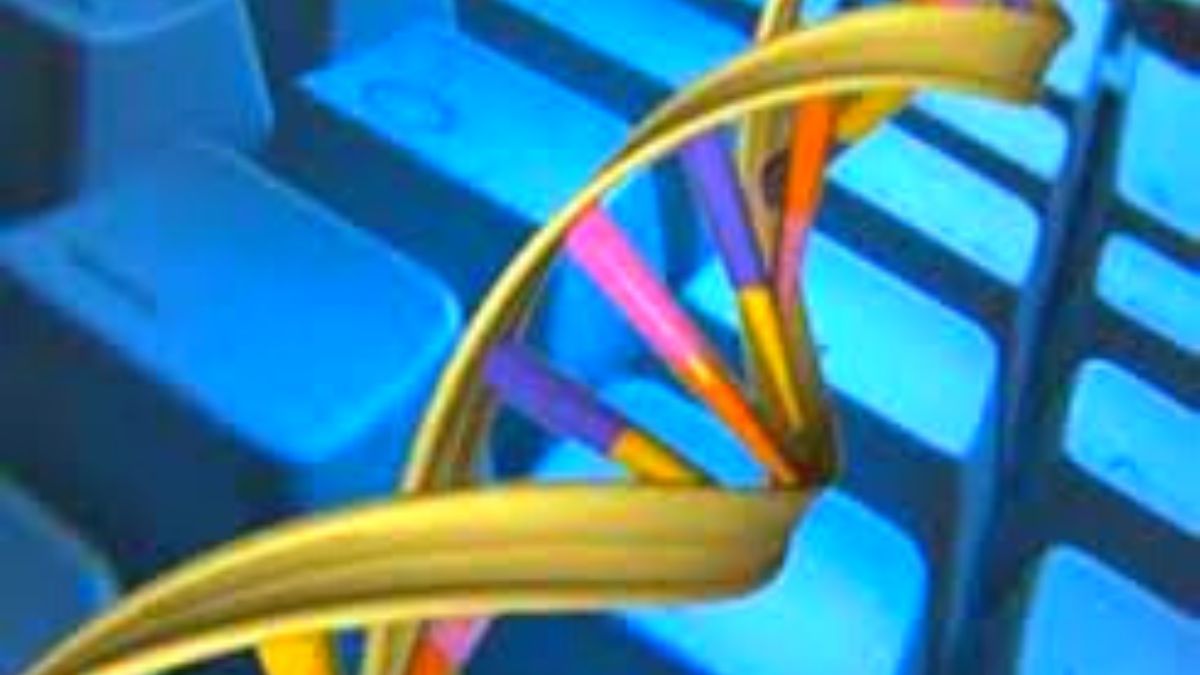
Scientists at Hopkins University very recently presented a plan for a novel area of research known as “organoid intelligence.” This particular field of study aims to create biocomputers. In such an invention, a combination of brain cultures developed and grown in laboratories, input and output devices and real-world sensors is intended. The goal is to control the brain’s processing power and delve into the biological bases of learning, cognition, learning, and a wide variety of neurological disorders.
Understanding the human brain: then and now!
Humans have always been curious about the human mind. However, unlike all other parts of the body, studying the human mind has never been easy. Previously, methods such as ablation in animals, especially rats, were used to study the parts of the human brain that are similar in both rats and humans. Using brain study techniques on animals and sometimes eventually harming them in the process of improving the understanding of human behavior has always been a controversial discussion. Furthermore, while studying the rat brain was an easier and perhaps more accessible option than studying the human brain, the vast differences in the structures and functions of the rat brain and the human brain cannot be ignored. Then came advanced methods like EEG, MEG, and fMRI to study the human brain.
Now, the technology is perhaps at its best and therefore 3D brain cultures would be the next big thing. Modern scientists are designing brain organoids, which are actually three-dimensional cultures of the brain engineered in laboratories. These organoids would actually be called “mini brains” and would be built with the use of human stem cells. These brains could contain a large number of structural and functional characteristics of a developing human brain. Who thought humanity would be able to create a mini human brain in the 21st century?
Human behavior is based on some internal or external stimulus. The human brain requires several sensory inputs such as vision, smell, touch and more, and that is what makes it a complex but incredible organ of the body. A scientific body barely in its birth stage cannot compete with nature. Brain organoids not only lack sensory information like the normal human brain, but they also have no blood circulation.
Understanding biocomputers
Biocomputers would be designed and created by combining brain organoids and modern computing methods. Machine learning will be used to dock the organoids. The organoids would be grown inside flexible structures fixed with several electrodes. They can be displayed similar to those used in the case of Electroencephalogram readings.
These structures could deepen the recording and study of the activation patterns of neurons. They would also offer electrical stimuli to mimic sensory stimuli. Machine learning techniques would then be used to analyze human behavior and biology.
Not long ago, scientists grew human neurons on top of a microelectrode array that could not only record but also stimulate those neurons. With the help of positive or negative electrical feedback derived from the sensors, the neurons could be trained to generate a pattern of electrical activity that would be generated in case the neurons were playing a sport such as table tennis.
Categories: Optical Illusion
Source: ptivs2.edu.vn